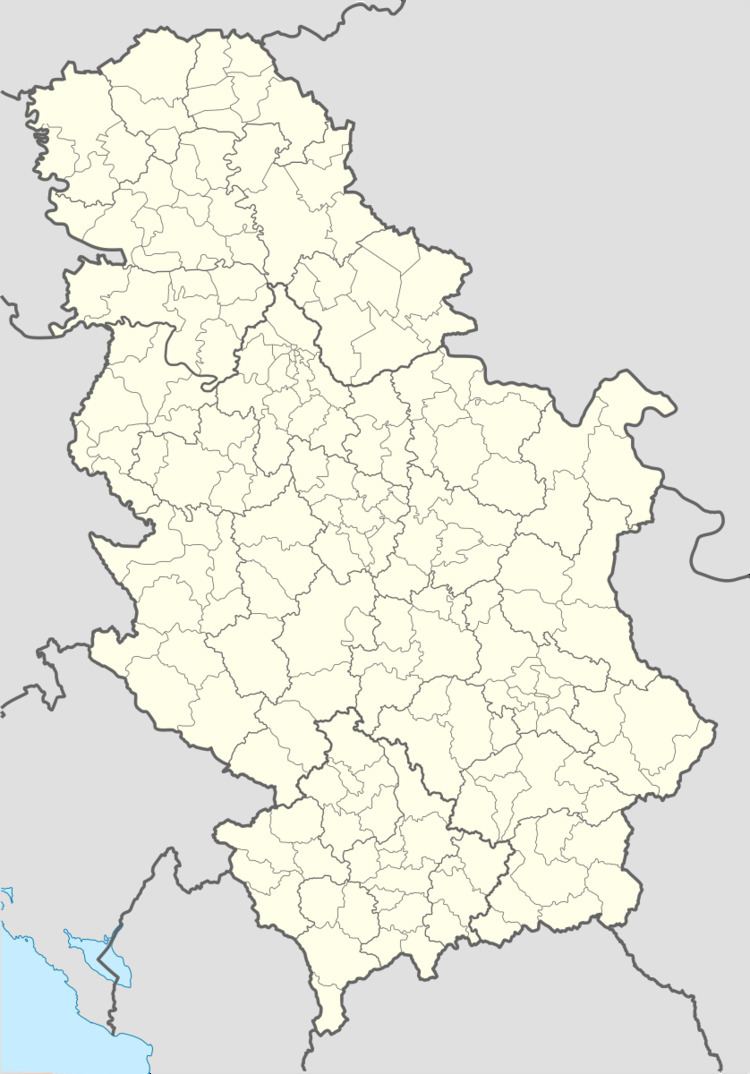Local time Saturday 6:07 PM | Time zone CET (UTC+1) | |
 | ||
Weather 17°C, Wind SE at 16 km/h, 29% Humidity | ||
Crnča (Serbian Cyrillic: Црнча) is a village in Serbia. It is situated in the Ljubovija municipality, in the Mačva District of Central Serbia. The village had a Serb ethnic majority and a population of 1,213, of whom 18 were Romani in 2002.
Contents
Map of Crn%C4%8Da, Serbia
History
In mediaeval time Crnča was important mining and trade center of Serbian state during the 14th and 15th century. The mine and market at Lipnik located in present-day Crnča were first time recorded in Ragusan archives in 1319. as the place belonging to Serbian king Milutin. Lipnik was also mentioned as the place in Serbia with catholic parish in letter of pope Clement VI to king Stefan Dušan dated on 7 January 1346. By its present name Crnča was first time recorded in Ragusan archives in 1367 (variously spelled in Italian and Latin as Cernca, Cernica, Crniza, Zrnza, Zerniza, etc.) as a place with flourishing Ragusan trade and mining colony. In that time Crnča was famous for its silver mines founded by German miners called " Saxons " which were also attested in settlement in 1375 when Ragusan trader Bogavac Pribojevic bought parts of silver mines from some Germans (...de alguni Todeschi). Crnča was seat of major Ragusan colony which had its own Franciscan monastery of S.Maria and was headed by elected knez/comes/conte i.e. count, one of them being Ljubisa Vladojevic called " Brada " ( " The Beard " ). Most notable Ragusans who traded and lived in Crnča belonged to noble families belonging to House of Gučetić, Sorkočević, House of Crijević, Gundulić, House of Lukarić and Ranjina. Crnča was also seat of diverse crafts with numbers of tailors, goldsmiths, furriers and candle makers mentioned in Ragusan sources. Crnča reached its peak in the second half of the 15th century during the time of despots Stefan Lazarević and Đurađ Branković when it was one of the richest mines of Serbia along with Novo Brdo, Srebrenica and Rudnik. In 1459 Crnča fell under Ottoman rule with rest of the Serbia and started to decline as mining and trade center with Ragusan colony disappearing by 1471. By the 1519 Crnča is no longer mentioned as a mine although Ottomans brought new law for mine of Crnča in 1488. In later periods Crnča and surrounding areas became part of Ottoman has (sultan's estate) of Bukovica.
